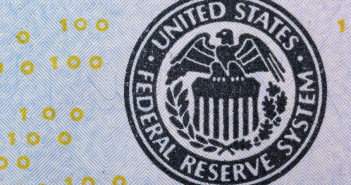When the Fed decided to raise rates in December, the statement was perceived as not so dovish, especially with the projection of 4 hikes in 2016. And now comes the balancing act, with a more dovish than expected meeting minutes. It is important to remember that the minutes are revised and edited until the last minute and are not necessarily a raw reflection of the conversations going on there.
The US dollar is lower across the board but the move is followed by a backtrack.
What caught the market’s eyes in December was the aforementioned dot-plot and Yellen’s confidence. The additional wording about inflation was seen as a dovish gesture. This time, this wariness of inflation plays a significant role in defining the reaction.
Some members were hesitant and we know that there is a large spectrum of opinions within the voting and non-voting members. What weighed on the dollar is the talk about “significant concern†about inflation, which is still projected to rise, but currently not going anywhere fast. Some are losing their patience.
This emphasis on prices with general satisfaction about employment (including Yellen’s talk about initial signs of job gains) was also present on December 16th.
When asked why the Fed raised rates, she basically explained that the Fed wants to be ahead of the curve and not have to raise rates abruptly. In addition, she clearly stated that inflation would not have to rise to 2% in order for the Fed to have to act again.
This hasn’t changed: the Fed still wants to be ahead of the curve on inflation. They probably don’t like the strong dollar anymore.
- EUR/USD shot up to almost 1.08 before sliding
- GBP/USD made an attempt to rise to 1.4950 but with no success
- USD/JPY dipped within the range.
- USD/CAD retreated from the extreme highs.
- AUD/USD made an attempt to recapture 0.7065 and there’s no clear victor here.
- NZD/USD has bounced off the lows.
More: Don’t Sell The Euro Yet – BofA Merrill



